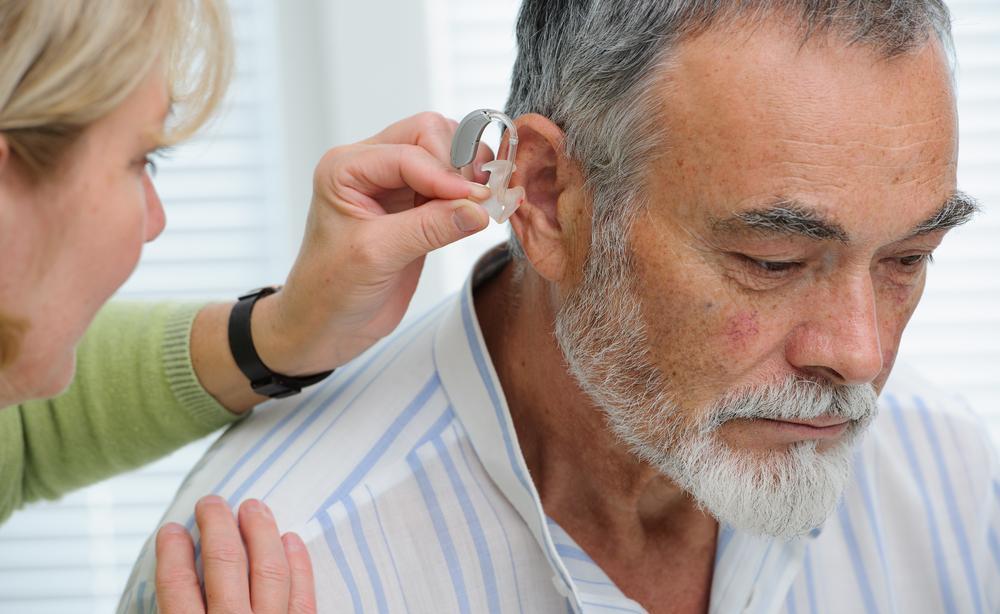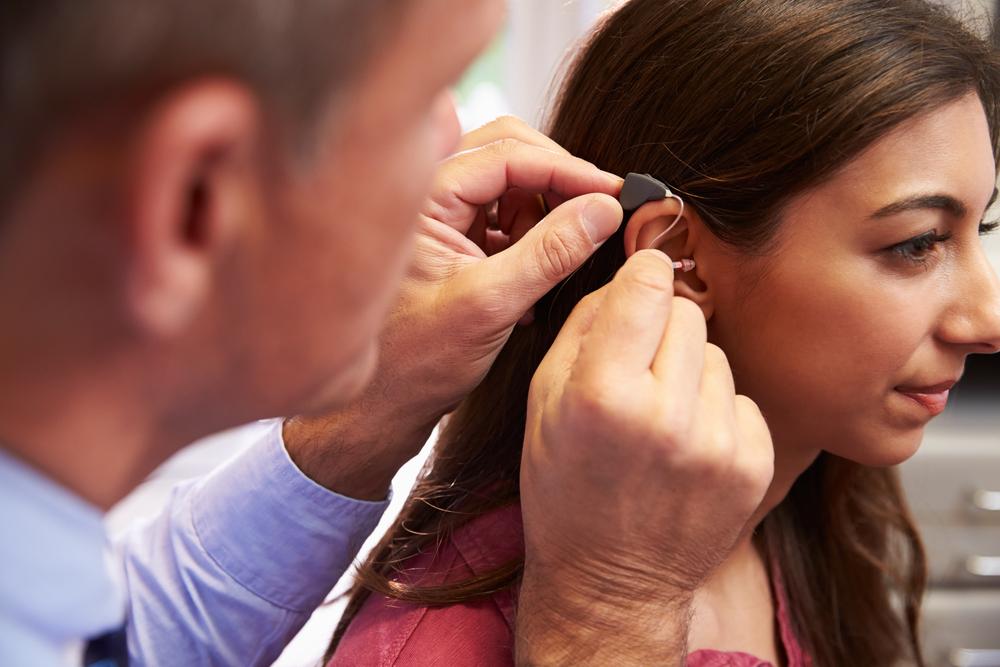Comprehensive Guide to Modern Hearing Assistance Devices
This comprehensive guide explores modern hearing assistance devices, detailing types, technological features, styles, and selection tips. It covers both analog and digital options, highlighting their benefits and how to choose the best device for individual needs. Perfect for those experiencing hearing loss, this article offers valuable insights into improving auditory health and quality of life through advanced hearing solutions.

Comprehensive Guide to Modern Hearing Assistance Devices
Hearing impairment manifests in various forms, significantly impacting an individual's ability to communicate effectively and engage fully with their surroundings. The primary types of hearing loss include sensorineural, conductive, and mixed impairments. Understanding the specific nature of one's hearing loss is crucial, as it influences treatment options and device selection. Sensorineural loss, caused by damage to the inner ear or auditory nerve, often results in partial or total hearing deficits. Conductive hearing loss involves issues in the outer or middle ear that block sound transmission. Mixed loss combines characteristics of both.
Once hair cells within the cochlear (inner ear) are damaged—often permanently—restoring natural hearing becomes highly challenging or impossible. Despite this limitation, advancements in hearing technology have provided effective solutions to improve auditory perception through various hearing devices. These tools amplify sounds, making it easier for users to hear speech, environmental noises, and other auditory cues. This article offers an in-depth overview of hearing devices, their types, technological distinctions, styles, and how to select the right option for individual needs.
What Are Hearing Devices?
Hearing aids are sophisticated, compact electronic devices designed to assist individuals with hearing impairments. Whether the hearing loss is partial or profound, these devices serve to enhance sound signals. They work by capturing environmental sounds through microphones, processing and amplifying these sounds, and delivering the enhanced audio directly into the ear canal through speakers or receivers. This process significantly improves auditory clarity and comprehension, especially in challenging listening environments such as noisy rooms or crowded places.
Hearing aids incorporate several core components: microphones, which pick up sound signals; amplifiers, which increase signal strength; and receivers, which deliver the amplified sound into the ear. These devices are available in various forms, depending on technological advancements—primarily analog or digital—and personalized design considerations. Many models include earmolds or custom earpieces that enhance comfort and sound delivery. Consulting with an audiologist is essential before choosing a hearing device, as they can assess the severity and type of hearing loss, ensuring the selection of the most appropriate technology.
Analog vs. Digital Hearing Devices
Modern hearing aids predominantly utilize digital technology, offering precise control over sound processing. However, analog hearing aids still have their place and advantages in certain situations. Analog devices function as straightforward sound amplifiers, boosting all incoming sounds uniformly without distinguishing between speech and background noise. They are typically simpler in design, easier to program for specific hearing losses, and often more cost-effective. These devices tend to have longer battery life due to their less complex circuitry.
Digital hearing aids, on the other hand, convert incoming sounds into digital signals processed by advanced microprocessors. This allows for highly customizable settings, including selective amplification, noise filtering, feedback reduction, and directional microphones. Such features significantly improve speech recognition in noisy environments, making digital devices the preferred choice for many users. Additionally, digital aids offer wireless connectivity options, compatibility with smartphones, and other advanced features, making them highly versatile and convenient.
Styles of Hearing Aids
The variety of hearing aid styles enables users to select devices according to their lifestyle preferences, aesthetic considerations, and comfort levels. The main styles are designed to accommodate different needs, from high discretion to ease of handling:
Behind-the-ear (BTE): These devices house all electronic components in a small case that sits comfortably behind the ear. Connected via a tube to a custom earmold or ear tip, BTE aids are durable, easy to handle, and suitable for a wide range of hearing losses, including severe cases.
Mini BTE (mBTE): An evolution of BTE models, these devices feature a slender tube or wire connecting a small behind-the-ear casing to the receiver located inside the ear canal. They are less visible and provide a good balance between power and discretion.
Completely-in-the-canal (CIC): These tiny devices sit deep inside the ear canal, nearly invisible to observers. CIC aids are ideal for users seeking high discretion and protection from wind noise, although their smaller size can make handling more challenging.
In-the-canal (ITC): Slightly larger than CIC, ITC devices fit into the ear canal but are partially visible. They offer a natural appearance and are easier to handle due to their size.
In-the-ear (ITE): Larger than ITC aids, ITE devices fill the outer ear and are generally easier to operate and adjust. They are suitable for moderate to severe hearing losses and provide a comfortable, user-friendly experience.
Choosing the right hearing aid style depends on the user’s hearing condition, lifestyle, aesthetic preferences, and dexterity. An audiologist can help determine which style offers the best combination of functionality, comfort, and discreetness.





